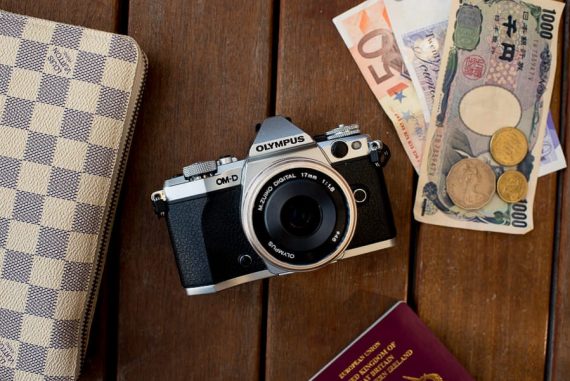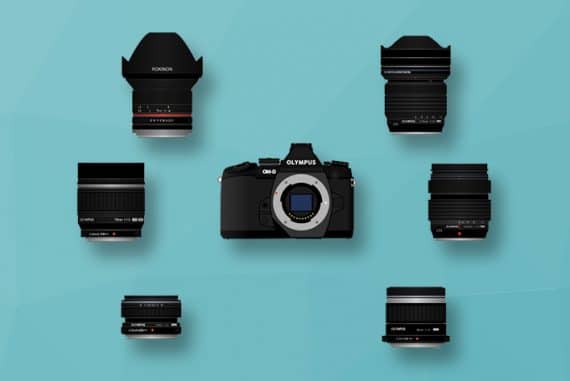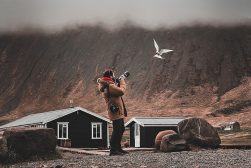
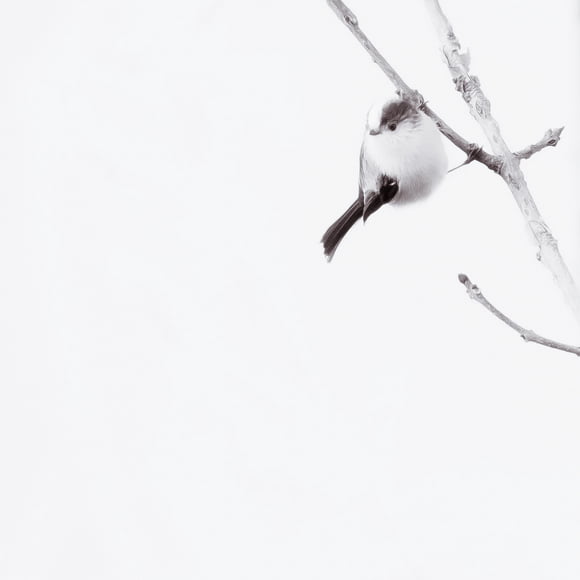
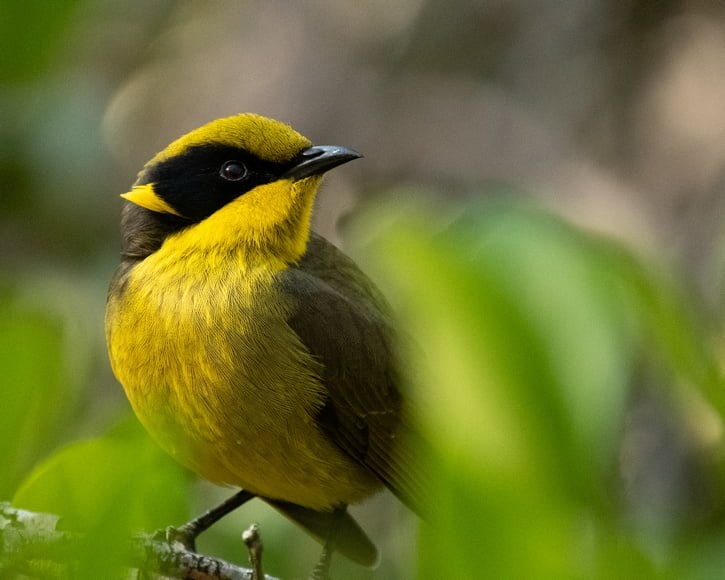


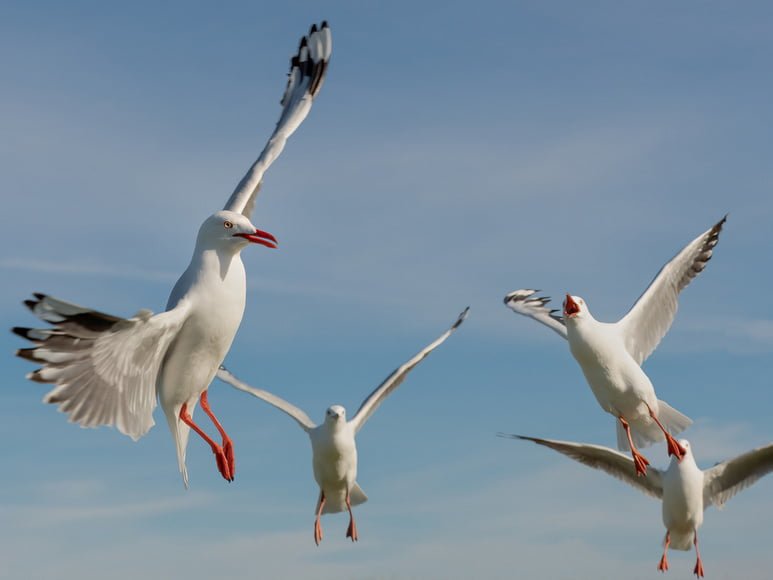




Ran Fuchs
Animal & Wildlife | Last Updated: March 19, 2021
Hey guys. I am Ran and I live in beautiful Sydney, Australia. I spend most of the time doing architecture photography but my real passion is bird photography.
As far as gear goes, I am a minimalist. That is, I am trying to do as much as I can with as little as possible. I simply hate carrying lots of gear. While sometimes I regret not having the right equipment and feel that ‘I wish I had …’ I mostly feel that travelling light is much more important when roaming the fields seeking birds. I also find that I was forced to learn much more about my equipment than someone who has lots.
Cameras
The Fujifilm XH1 is my workhorse. It’s a bombproof camera that has been splashed, bumped, rained on, sand-stormed and is still working just fine. It balances wonderfully in my hand and does a great job in nearly all situations. Nearly, but not all.
The camera is too slow for birds in flight (guide). Well, it’s still good for capturing birds when they are far away or against a nice, smooth background. But try to capture birds moving in the nearby bush and the autofocus will fail and the continuous focus will not track. In short, this is not the camera for such situations.
Once I’d realised that moving birds is something I want to capture, I needed another camera. After a great deal of discussion with bird photographers, I chose the Olympus OM-D E-M1 Mark II. What an amazing camera it turned out to be. It’s light but solidly built, a pleasure to handle and once I have upgraded the firmware to 3.0, it does an amazing job autofocusing.
Another benefit is that as it’s small and light, it’s easy to hold and follow moving birds. Perfect for my birds in flight.
So normally I will carry both cameras. When I see a sitting duck, I will shoot it with the Fujifilm. When it starts flying, I will pick up the Olympus.
Lenses
Fujifilm 100-400mm f/4.5-5.6 – This is a sharp lens that gives me the range I need for the birds (150-600 full-frame equivalent). The lens is solidly built and as it’s built for a crop sensor, it’s much smaller than its full-sensor equivalent. I often use it with the Fujinon XF 1.4 TC WR, which after many testings, seems not to reduce the quality of the photo.
The two issues with it are: first, at 400mm with the teleconverter, my max aperture is 8, which is ok for birds against the sky, in the field, or at the seaside. But in the forest, it is far too slow. The second issue is that with the teleconverter the autofocus gets even slower.
Olympus 40-150mm f/2.8 (often with Fujinon XF 1.4 TC WR) – This fast lens is as sharp as you may hope and is perfect for capturing near birds in the dark bush. It is light, it focuses immediately and produces beautiful photos. When I walk in the forest (see tips), or when light is low, I would often carry it as my only lens.
Lights/Triggers
I love my Menik SJD200. It’s powerful, it charges quickly, it has a large battery that lasts for hundreds of frames and I can use it on or off-camera. It works only on manual mode but when I tried TTL with other flashes, it seems to miss the mark with birds. So I decided to keep all my flash work manual.
I feel it is like with managing exposure: once you got used to manual mode, you will hardly ever let the camera make these decisions for you.
As my requirements from a flash are simple, I have a Hahne Captur OP. While it may be missing sophisticated features, this is really all I need.
Tripods
I hate carrying a tripod although I sometimes do, when there is a nest, for instance, and I found that Joby Gorilla pod is all that I really need. Mostly I use it to stick the flash where I want it. Rarely do I use it to hang the camera there too. When I use it for the camera, I will normally use the remote app as a trigger.
Hardware & Software
I used to use the free GIMP, which I loved. But as I was forced (for study and work) to use the Lightroom/Photoshop combination, I got stuck with them. As I pay for them, I now use them nearly exclusively. (See GIMP vs Photoshop here.)
Misc.
I always carry a polariser filter with me, to compensate for harsh light or reflection conditions. In the forest, I make sure not to forget mosquito repellent (well, I forgot it once … never again), water and a hat. I also carry with me a tarp to spread on the ground and wait for the birds, if I do not fall asleep.
There are many styles of bird photographers. Some sit for hours in front of a nest. They can carry heavy equipment, big lenses, studio lights and the like. This is not my style. I enjoy walking in the bush, finding an interesting place, take a few photos and move on. My minimalist choice of equipment is the result of my style.
www.ranfuchs.com | @bird_art_photos

Check out these 8 essential tools to help you succeed as a professional photographer.
Includes limited-time discounts.





